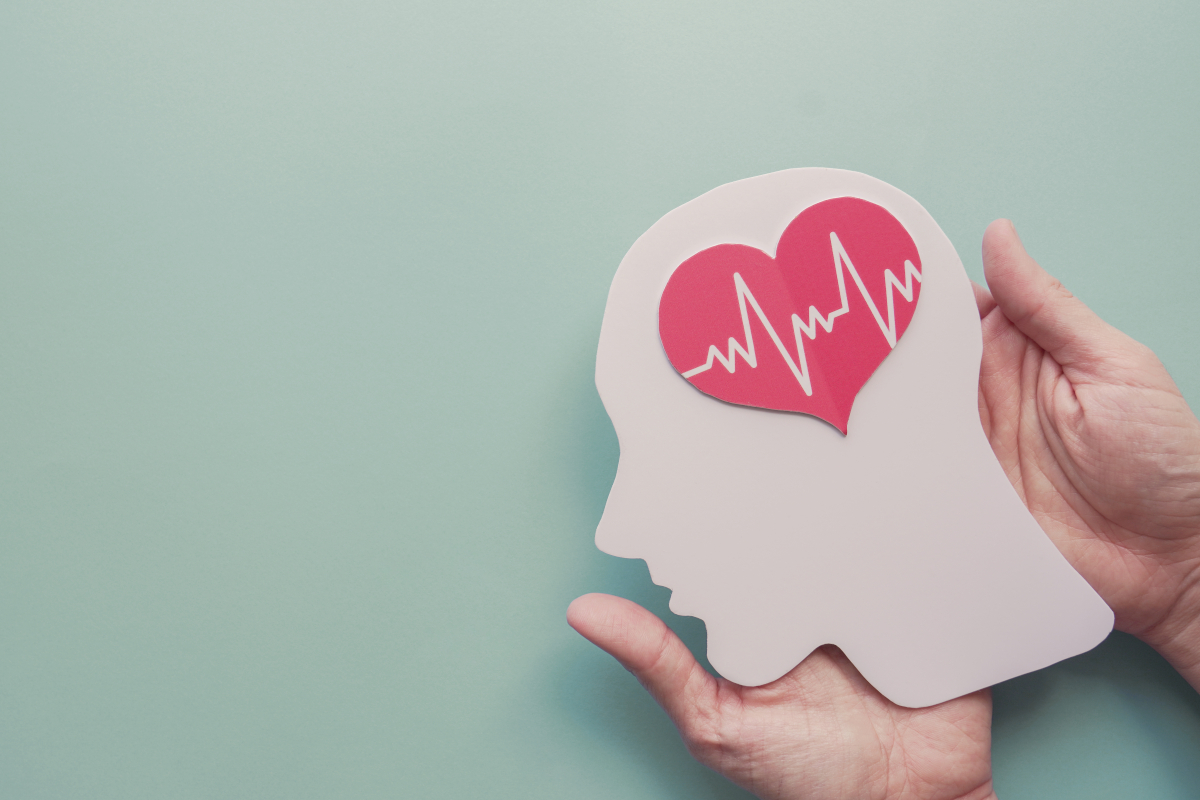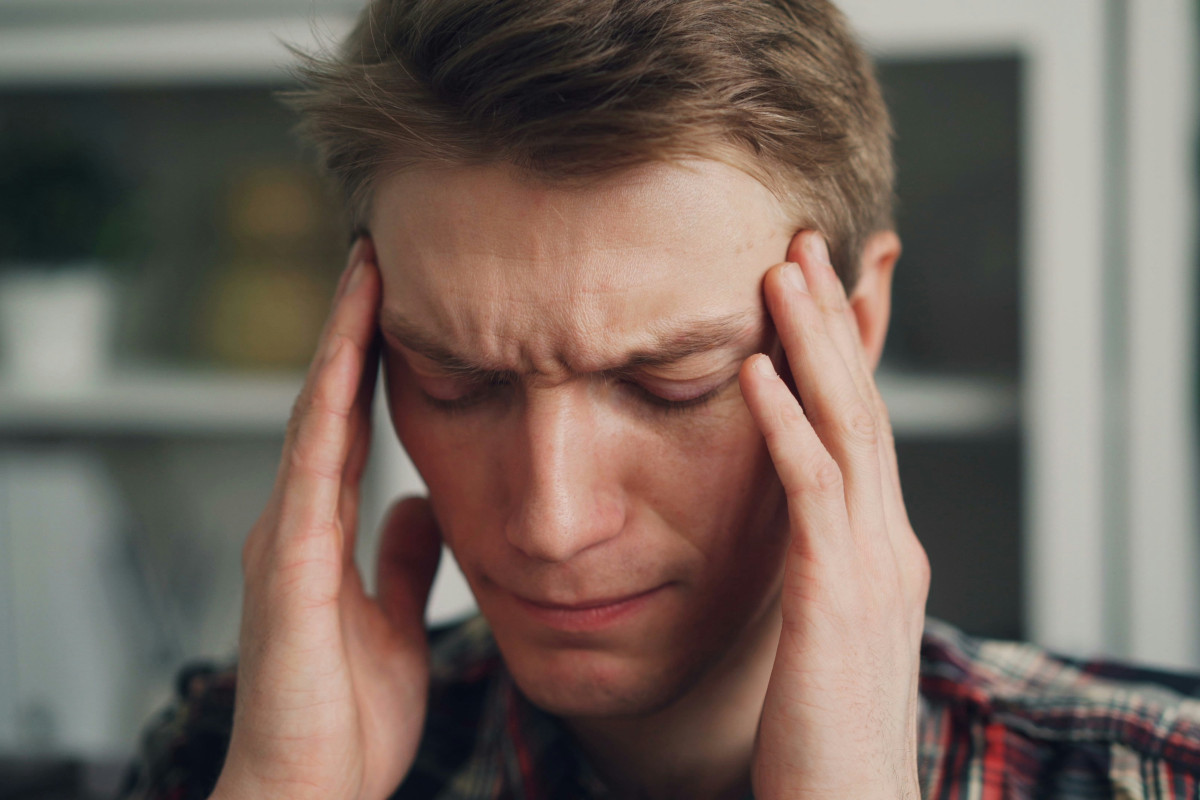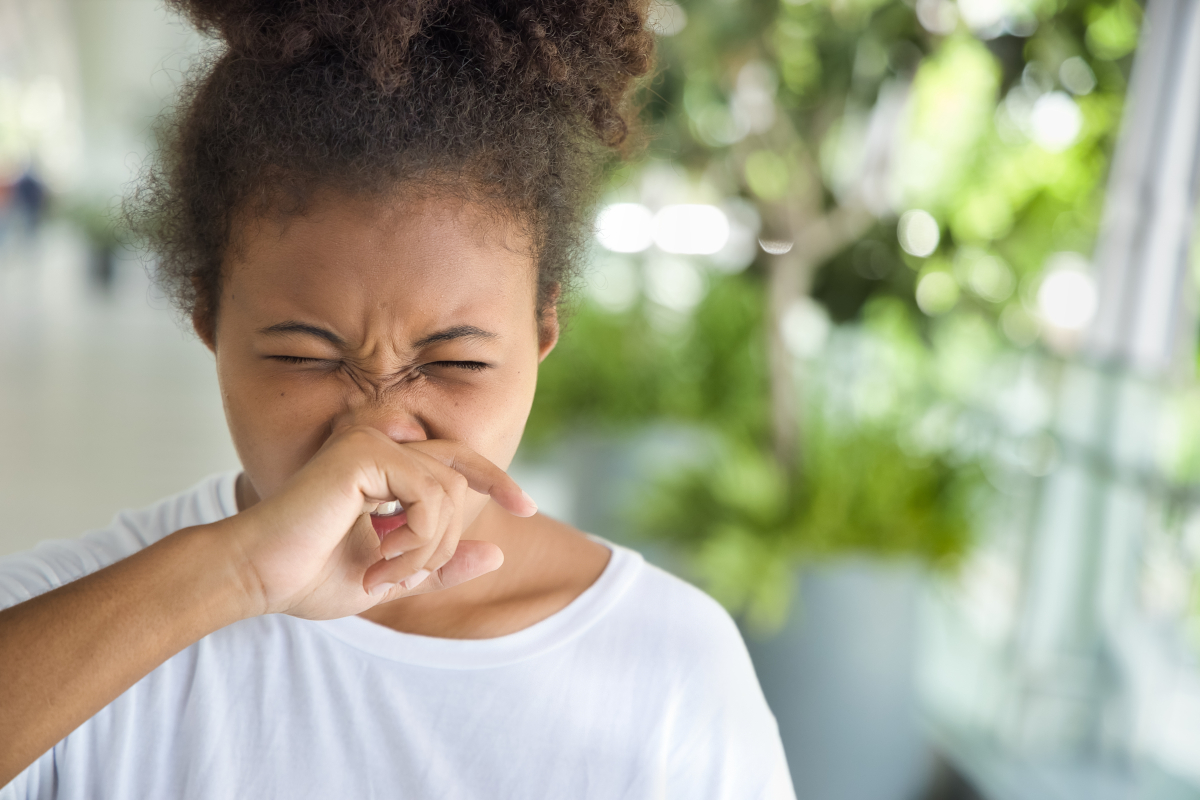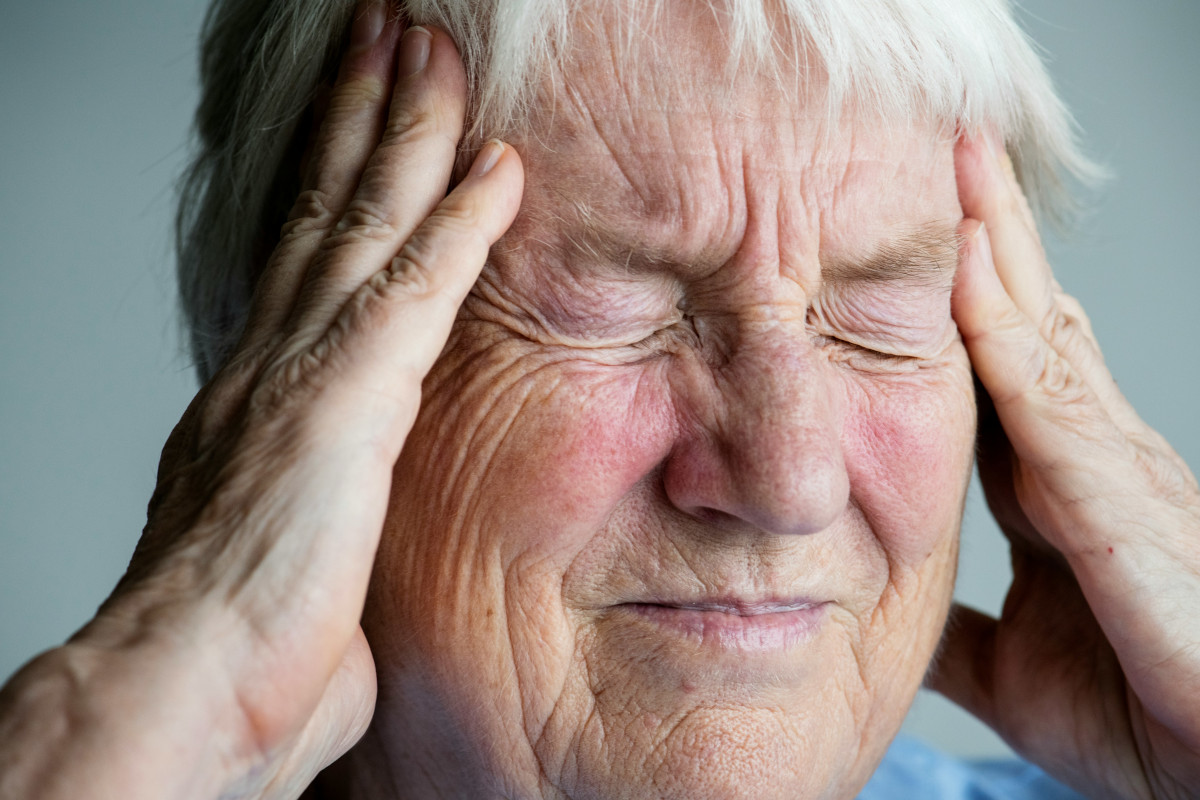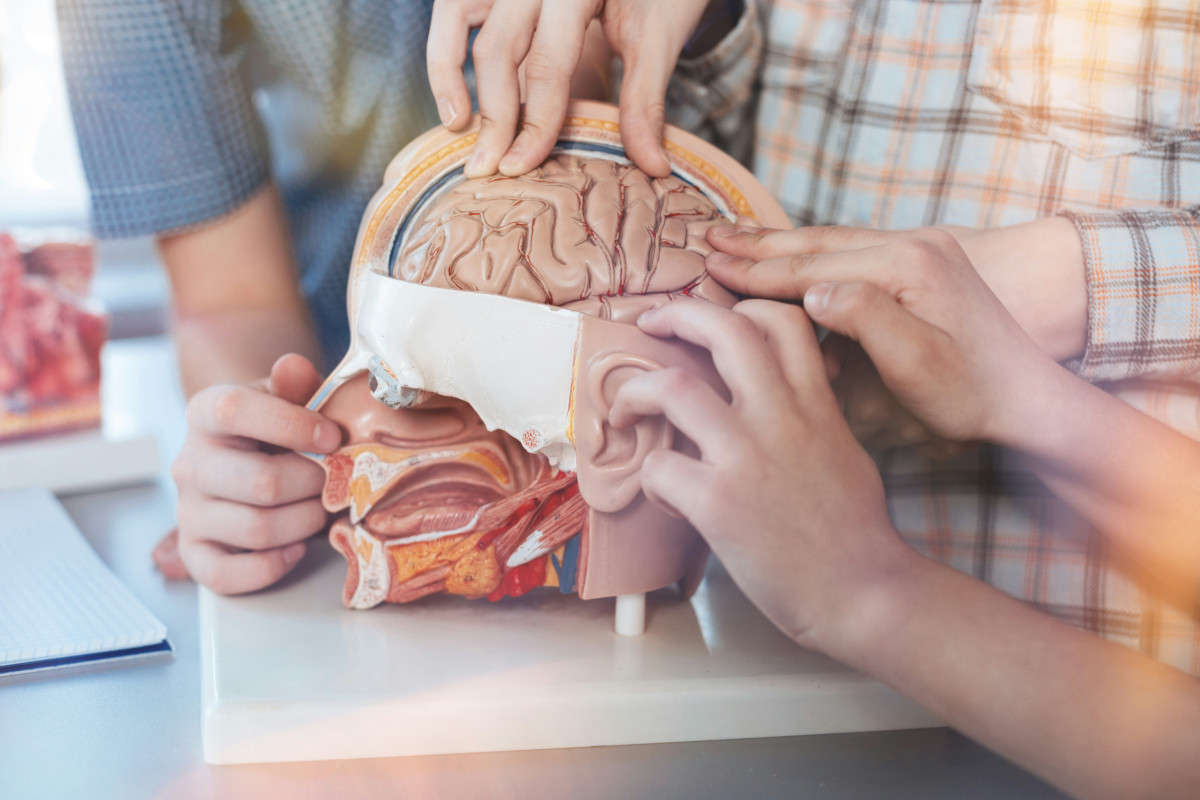Migraine and light: when brightness hurts
Many people with a migraine will try to get out of the light. Often they have no choice but to go into a dark room and wait for the attack to end. Increased sensitivity to light is common in people with migraine. For some, light can even trigger an attack. This article explores how this happens and what the science says.
-
References
Albilali A, Dilli E. Photophobia: When Light Hurts, a Review. Curr Neurol Neurosci Rep. 2018 Jul 30;18(9):62. doi: 10.1007/s11910-018-0864-0. PMID: 30058044.
Lebensohn JE, Bellows J. The nature of photophobia. Arch Ophthalmol. 1934;12(3):380–90.
Lebensohn JE. Photophobia: mechanism and implications. Am J Ophthalmol. 1951 Sep;34(9):1294-1300. doi: 10.1016/0002-9394(51)91866-1. PMID: 14877953.
Noseda R, Burstein R. Advances in understanding the mechanisms of migraine-type photophobia. Curr Opin Neurol. 2011 Jun;24(3):197-202. doi: 10.1097/WCO.0b013e3283466c8e. PMID: 21467933; PMCID: PMC4502959.
Noseda R, Copenhagen D, Burstein R. Current understanding of photophobia, visual networks and headaches. Cephalalgia. 2019 Nov;39(13):1623-1634. doi: 10.1177/0333102418784750. Epub 2018 Jun 25. PMID: 29940781; PMCID: PMC6461529.


